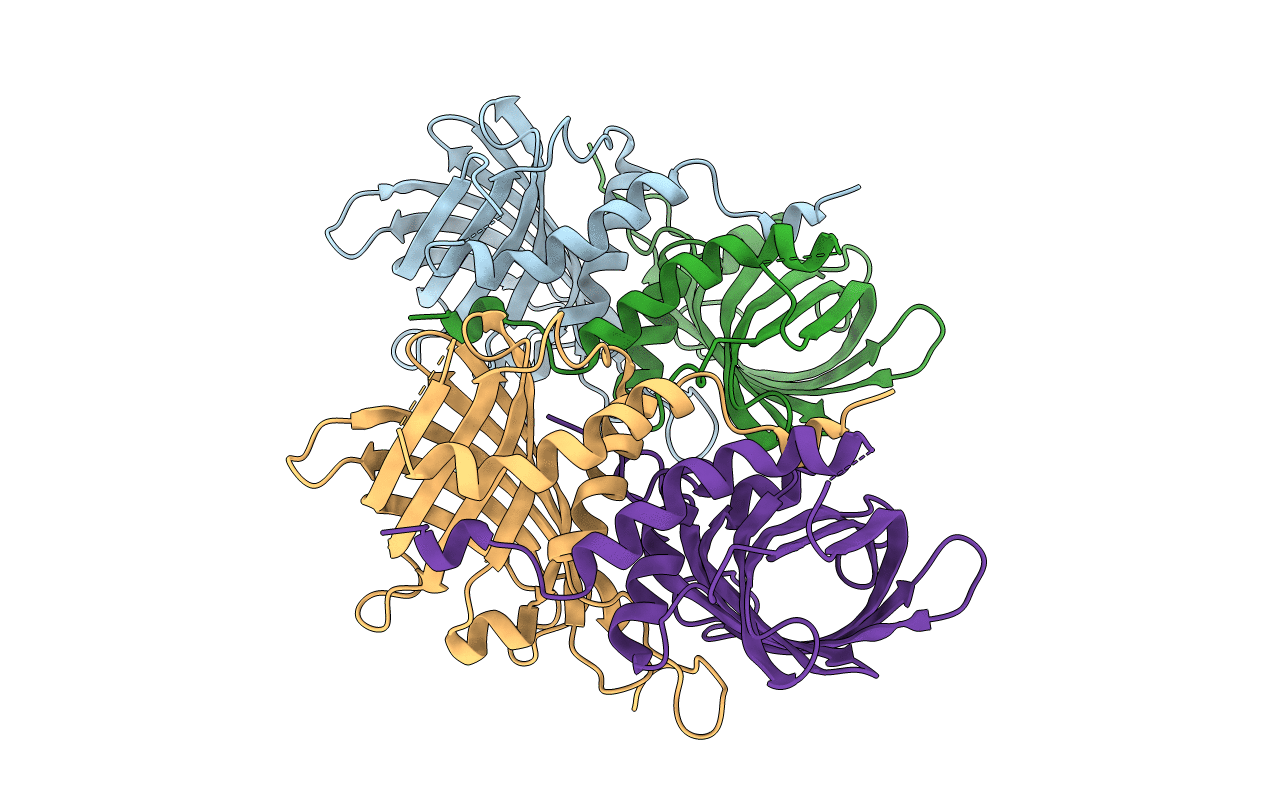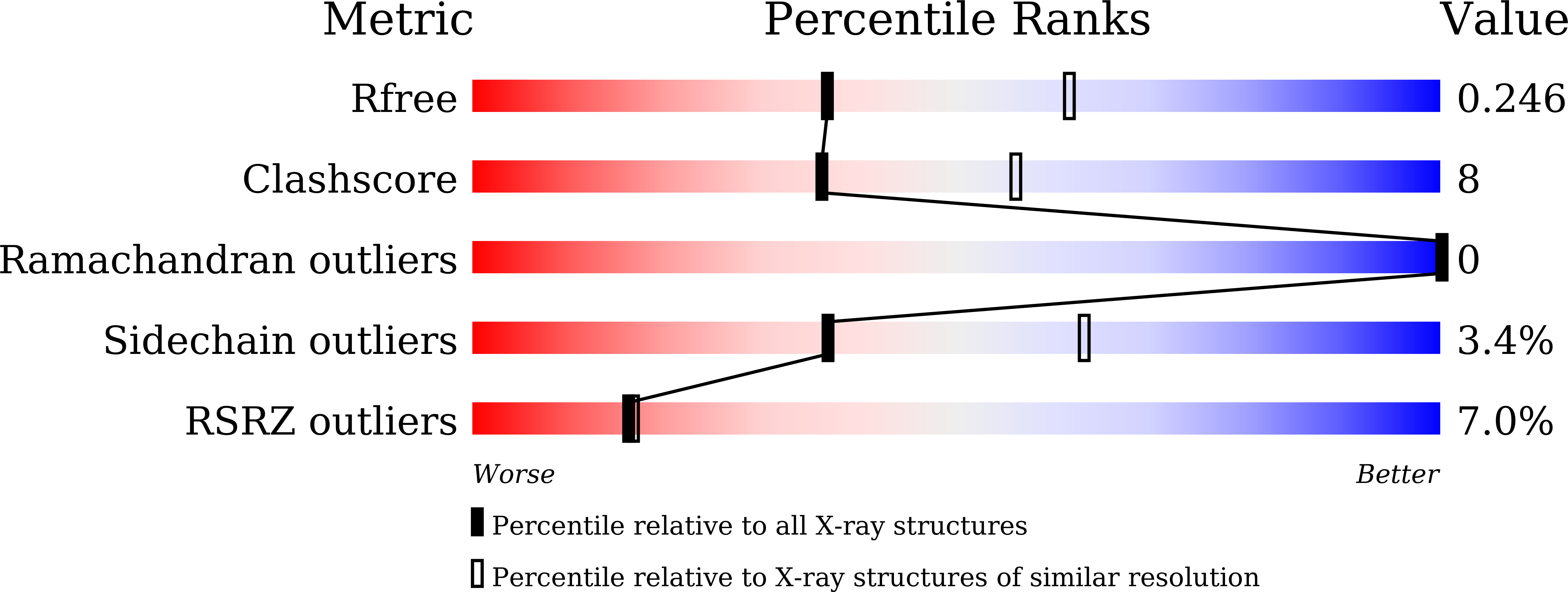
Deposition Date
2019-11-23
Release Date
2020-11-25
Last Version Date
2024-10-16
Entry Detail
PDB ID:
6LE0
Keywords:
Title:
A nonspecific heme-binding cyclase catalyzes [4 + 2] cycloaddition during neoabyssomicin biosynthesis
Biological Source:
Source Organism:
Streptomyces koyangensis (Taxon ID: 188770)
Host Organism:
Method Details:
Experimental Method:
Resolution:
2.51 Å
R-Value Free:
0.24
R-Value Work:
0.19
R-Value Observed:
0.20
Space Group:
P 1 21 1


